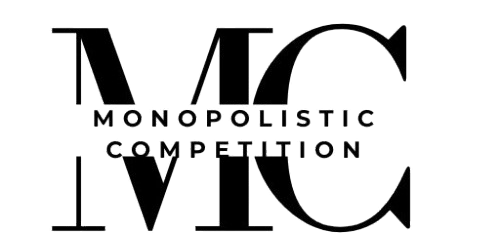However, this recovery is marked by caution, with investors remaining selective and wary of past overvaluations that plagued the startup ecosystem. This sentiment is evident in the growing share of late-stage investments. While there are pockets of optimism, startups continue to face pressure to demonstrate sustainable growth and validate their business models.
1. Macro change
Venture capital inflows into Indian startups bounced back in 2024, with funding in the first 11 months exceeding $10 billion—a 7% increase compared to the full year of 2023. The previous year’s funding crunch stemmed from global headwinds: central banks raising interest rates to curb inflation, heightened borrowing costs, and geopolitical tensions like the Russia-Ukraine war, which disrupted supply chains and intensified risk aversion.
While some challenges lingered in 2024, India witnessed bright spots. A record 76 companies went public this year, raising ₹1.34 trillion—triple the ₹49,436 crore raised in 2023. “The structural long-term growth story for India remains intact driven by favourable demographics and stable governance,” Goldman Sachs said in a note this month. This optimism has helped offset some of the factors that led to last year’s funding crunch.
2. E-commerce drive
The surge in funding this year was largely led by the e-commerce sector. Of the additional $739 million invested by venture capitalists in 2024 compared to 2023, $490 million flowed into e-commerce startups.
Read this | Investment banks enter startup funding space to diversify revenue streams
The Indian e-commerce market is projected to reach $325 billion by 2030, growing at a compound annual growth rate of 21%, according to an October report by Deloitte. This growth is expected to be driven by smaller cities and towns, bolstered by improving broadband penetration and easier online payment systems. The sector’s resilience will face a key test next year when Flipkart is expected to file for an initial public offering (IPO).
Fintech also retained its position as a leading sector, though funding dipped compared to 2023, a year when PhonePe’s $850 million raise significantly boosted the segment’s share. Similarly, the artificial intelligence and machine learning sector attracted $743 million in funding, reflecting sustained global interest in the technology, despite a year-on-year decline.
3. Zepto rules
Zepto emerged as the funding leader in 2024, raising over $1.35 billion across three rounds in June, August, and November. Its latest round, led by Claypond, J&A, RPSG Capital, and Motilal Oswal Alternates, valued the quick-commerce platform at over $5 billion. Zepto raised nearly five times the amount raised by Meesho—the second most-funded startup—and accounted for about 13% of total venture funding this year.
This marks a stark shift from previous years, where the gap between the top two startups was significantly narrower—41% in 2023 and less than 1% in 2022. Notably, Byju’s raised $800 million in 2022 before its subsequent struggles tarnished the edtech sector’s allure. Despite this, two edtech players, PhysicsWallah and Eruditus, made it to this year’s most-funded list. Lenskart also joined Zepto in surpassing a $5 billion valuation in its latest round. Both the companies are looking to file for an IPO in 2025.
4. Better late than sorry
The share of late-stage funding in total VC investments jumped to 38% in 2024, from 31% a year ago, even as the late-stage funding amount grew by about 33% to $3.9 billion this year. Late-stage funding typically targets mature startups, preparing for IPOs or major acquisitions, and is considered less risky (though not always, as Byju’s showed).
Read this | End of FOMO: Venture capital firms turn cautious over AI startup hype; demand models with clear returns and impact
The shift toward late-stage funding reflects the venture capital industry’s cautious recovery from the funding winter, aligning with the risk profile of more established startups. It also signals the growing maturity of India’s startup ecosystem. Performance in the public markets has been mixed. While Swiggy, which made its debut this year, and Zomato, listed in 2021, are trading above their listing prices, Nykaa and Firstcry have underperformed, and Oyo Electric has experienced volatility. Despite this, VCs remain optimistic about the appetite for technology stocks among retail investors.
5. Measured growth?
Blume Ventures remained the most active investor, with 34 deals, which is a significant drop from the 57 in 2023. The firm has also positioned itself as a thought leader, following a trend popularized in Silicon Valley, by publishing influential reports. Its Indus Valley Annual Reports, introduced in 2022, have become a key resource for insights on India’s startup ecosystem.
Also read | Venture cautiousness: Why Blume, other VCs are treading safe despite IPO wave
Meanwhile, Sequoia Capital India, now operating as Peak XV Partners after its global restructuring and rebranding in 2023, took a more cautious approach this year. In October, the firm reduced its $2.85 billion India and Southeast Asia fund by $465 million. “We are investing in a measured manner in our growth fund, while we continue to lean in on seed and venture stage opportunities,” the fund said in a statement. The caution reflected concerns about overvaluation, especially in growth stage startups. 2025 will show whether this risk perception is shared by other VCs.
www.howindialives.com is a database and search engine for public data
















Leave a Reply